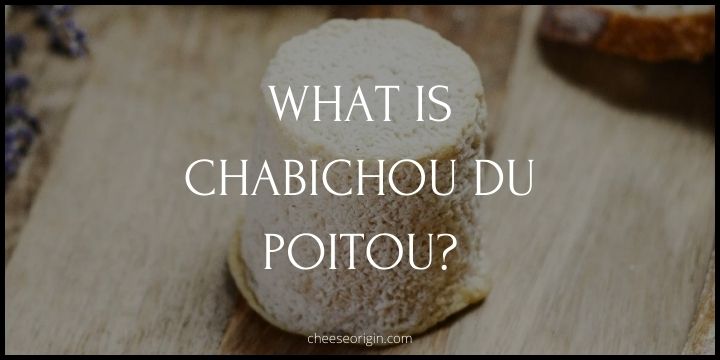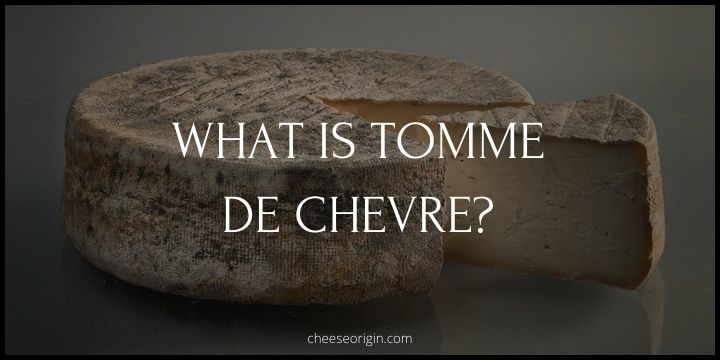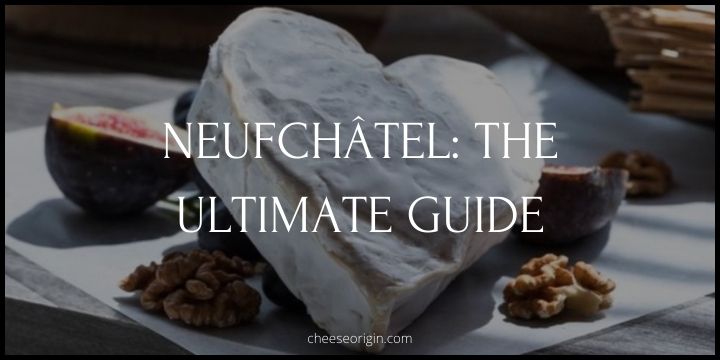What is Maytag Blue? America’s Signature Blue Cheese
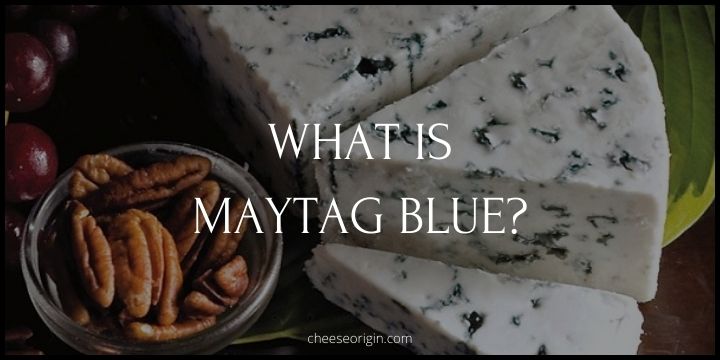
Welcome to the world of cheese connoisseurship, where we explore the rich, diverse flavors of artisanal cheeses from around the globe. Today, we’re taking a journey to the heartland of America, to a small dairy in Newton, Iowa.
Here, nestled amid the rolling hills and traditional farmlands, lies the birthplace of an American culinary treasure, a cheese that has captured the palates of gourmands worldwide – Maytag Blue. This isn’t just cheese; it’s a testament to American ingenuity, tradition, and the art of cheese-making.
Quick Facts About Maytag Blue
| Quick Facts | Details |
|---|---|
| Origin | Newton, Iowa, USA |
| Cheese Type | Blue cheese |
| Milk Type | Cow’s milk |
| Pasteurized | Yes |
| Rennet Type | Vegetarian |
| Aging Time | At least 6 months |
| Flavor Profile | Tangy, peppery, slightly piquant |
| Texture | Semi-soft, crumbly |
| Color | White with blue-green veins |
| Rind | Natural |
| Fat Content | About 28% |
| Producer | Maytag Dairy Farms |
| Awards | American Cheese Society 1st place in 1987, 1995, 2001 |
| Pairings | Fruits like pears and apples, robust red wines, sweet dessert wines, dark stout beers |
| Shelf Life | About 3-4 weeks in the refrigerator |
| Serving Temperature | Room temperature for optimal flavor |
| Popular Uses | Salads, burgers, steak topping, cheese boards, melting on top of grilled foods |
| Storage | Wrapped in foil and stored in a refrigerator |
| Availability | Year-round |
| Nutritional Value | High in protein and calcium, contains probiotics |
| Distinct Feature | Named after the famous Maytag family, of the appliance fame |
| Production Process | Handmade using traditional methods |
| Unique Fact | One of the first blue cheeses produced in the United States |
What is Maytag Blue?

Maytag Blue, a delectable product of American ingenuity, is a cheese that has garnered international acclaim for its distinctive flavor and texture. Hailing from the heartland of Iowa, it is the brainchild of the Maytag Dairy Farms, a company linked to the same family known for their appliances. However, instead of washing machines or dryers, Maytag Dairy Farms churns out this creamy, crumbly delight.
The creation process of Maytag Blue is steeped in tradition, using methods that have remained largely unchanged since the 1940s. The milk used in the cheese comes from local, prize-winning Holstein cows, ensuring a high-quality base for the cheese. The magic truly begins when the milk is hand-molded and left to age in specially designed caves. The result is a semi-soft cheese with a natural rind and a white, slightly crumbly interior streaked with blue-green veins.
Each bite of Maytag Blue offers a sensory experience – an initial creaminess that gives way to a slightly tangy, peppery taste, with a piquant finish that lingers on the palate. It’s a versatile cheese that can be savored on its own, crumbled over salads, melted onto burgers, or paired with fruits and robust wines.
Despite its humble beginnings, Maytag Blue has made its mark on the world stage, earning recognition and awards for its unique flavor profile. Yet, at its core, it remains a testament to the artisanal cheese-making tradition, embodying the passion and dedication that goes into creating every wheel. Whether you’re a cheese connoisseur or a casual foodie, Maytag Blue is a cheese that promises an unforgettable gastronomic journey.
What Does Maytag Blue Taste Like?
Maytag Blue is often celebrated for its unique and complex flavor profile. On the first bite, you’ll notice a rich, creamy texture that soon gives way to a robust tanginess. This cheese has a well-rounded, slightly peppery taste with a notable sharpness that blue cheese is known for. It also has a mild sweetness that balances out the intensity of the other flavors.
The blue-green veins running through the cheese contribute a distinct piquant flavor, which could be described as earthy, spicy, or even slightly metallic. This complexity of flavors makes Maytag Blue a standout among other cheeses and leaves a lingering aftertaste that is both bold and memorable.
It’s important to serve Maytag Blue at room temperature for the best tasting experience, as this allows the full range of flavors to come forward. Whether you’re pairing it with fruits, spreading it on a cracker, or melting it over a juicy steak, the taste of Maytag Blue is sure to make a lasting impression.
Maytag Blue Tasting Notes

- Texture: Semi-soft and slightly crumbly with a natural rind.
- Color: White interior with distinct blue-green veins.
- Aroma: Mild, earthy aroma with hints of fresh milk.
- Taste: Starts off creamy, followed by a robust tanginess.
- Flavor Notes: Peppery with a slight piquancy; mild sweetness to balance the sharpness.
- Aftertaste: Lingering, bold, and memorable.
How is Maytag Blue Different From Other Blue Cheeses?
| Maytag Blue | Roquefort | Gorgonzola | Stilton | |
|---|---|---|---|---|
| Origin | United States, specifically Iowa. | France, specifically the Roquefort-sur-Soulzon region. | Italy, specifically Lombardy and Piedmont regions. | England, specifically Derbyshire, Leicestershire, and Nottinghamshire. |
| Production | Made in small batches using local milk from dairy farms in Iowa. The cream is separated before cheese-making begins. | Made from the milk of the Lacaune breed of sheep. | Made from unskimmed cow’s milk. | Made from pasteurized local cow’s milk. |
| Mold Used | Penicillium Roqueforti spores are added to create the signature blue veins. | Penicillium Roqueforti is used, which is introduced via bread mold. | Penicillium Glaucum is used, giving it a milder flavor compared to other blue cheeses. | Penicillium Roqueforti gives Stilton its distinctive blue veins. |
| Flavor Profile | Creamy and tangy with a peppery note. It has a bold, lingering aftertaste. Not overly fruity and often described as being salty. | Strong, tangy, and slightly sweet. | Milder, creamy, and nutty with a hint of bitterness. | Rich and creamy with a complex, spicy flavor and slightly tangy finish. |
| Texture | Semi-soft, slightly crumbly with a natural rind. | Crumbly and moist with distinctive veining. | Creamy, buttery in texture with blue-green marbling. | Semi-soft, crumbly, and slightly creamy. |
| Rind | Natural rind. A recent variation, Maytag Blue Reserve, was introduced with a natural rind instead of the traditional foil wrap. | No rind, the cheese is wrapped in foil. | The rind is typically thin and edible, often with a reddish-pink hue. | The rind is thick and hard, usually covered with a natural mold. |
| Pairings | Pairs well with robust red wines, sweet dessert wines, dark stout beers, and fruits like apples and pears. | Pairs well with sweet white wines and fruity red wines. | Pairs well with full-bodied red wines and sweet white wines. | Pairs well with Port wine and robust ales. |
How to Eat Maytag Blue?
- Cheese Board: Include Maytag Blue on a cheese board with a selection of other cheeses for contrast. It pairs well with sweeter, milder cheeses and adds a tangy punch to your assortment.
- Melting Marvel: Melt Maytag Blue over burgers or steaks for an indulgent twist on these classic dishes. Its creamy texture melts beautifully, adding a rich, tangy flavor.
- Salad Sprinkle: Crumble Maytag Blue over salads, especially those with fruit like pears and apples. The cheese’s robust flavor perfectly balances the sweetness of the fruit.
- Pizza Topping: Use Maytag Blue as an unexpected pizza topping. Combine it with caramelized onions, figs, or prosciutto for a gourmet pizza experience.
- Baking Ingredient: Incorporate Maytag Blue into your baking. It works well in savory scones, muffins, and breads.
- Dessert Pairing: Pair Maytag Blue with sweet dessert wines for a sophisticated end to a meal. The cheese’s tangy flavor complements the wine’s sweetness.
- Breakfast Boost: Add Maytag Blue to your breakfast by sprinkling it over scrambled eggs or incorporating it into an omelette. Its hearty flavor will kickstart your morning.
- Pasta Enhancer: Stir crumbled Maytag Blue into pasta dishes. It pairs well with creamy sauces and can elevate a simple pasta dish to something special.
- Beer Pairing: Enjoy Maytag Blue with a dark stout beer. The cheese’s bold flavor stands up well to the beer’s strong, malty notes.
- Soup Garnish: Garnish soups, especially creamy ones like potato or broccoli, with crumbled Maytag Blue. It adds a layer of complexity to the soup’s flavor.
10 Best Maytag Blue Substitutes
| Substitute | Origin | Description |
|---|---|---|
| Gorgonzola | Italy | This is a veined Italian blue cheese, made from unskimmed cow’s milk. It can be buttery or firm, crumbly and quite salty, with a “bite” from its blue veining. |
| Gorgonzola Dolce | Italy | This is a milder variety of Gorgonzola cheese. It has a soft texture and the flavor is sweet and creamy with a hint of spice from the blue veining. |
| Roquefort | France | Known as the ‘King of Cheeses’, this blue cheese is rich, creamy and sharp, with a tangy-salty flavor that comes from the sheep milk it’s made from. |
| Stilton | England | A semi-soft, crumbly cheese, Stilton has a bold, rich flavor and a strong aroma. It’s known as the “King of English Cheeses”. |
| Danablu (Danish Blue) | Denmark | This is a strong, blue-veined cheese with a semi-soft creamery texture and a deliciously rich, creamy flavor with a salty finish. |
| Bleu d’Auvergne | France | This French blue cheese is made from cow’s milk, and has a strong and pungent taste, but is more subtle in flavor than other blue cheeses. |
| Monte Enebro | Spain | A Spanish goat’s cheese, Monte Enebro has a creamy and slightly acidic flavor and a distinctive blue mold exterior. |
| Cambozola | Germany | A cow’s milk cheese that combines French soft-ripened triple cream cheese and Italian Gorgonzola. It’s mild and creamy with a subtle blue flavor. |
| Fourme d’Ambert | France | One of France’s oldest cheeses, Fourme d’Ambert is milder and less salty than most blue cheeses. It’s creamy with a distinct hint of sweetness. |
| Cabrales | Spain | Known for its strong flavor, Cabrales is a mixed milk cheese that can be made from cow, goat, and/or sheep’s milk. The flavor is complex, spicy, and slightly tart. |
What Pairs Well With Maytag Blue?
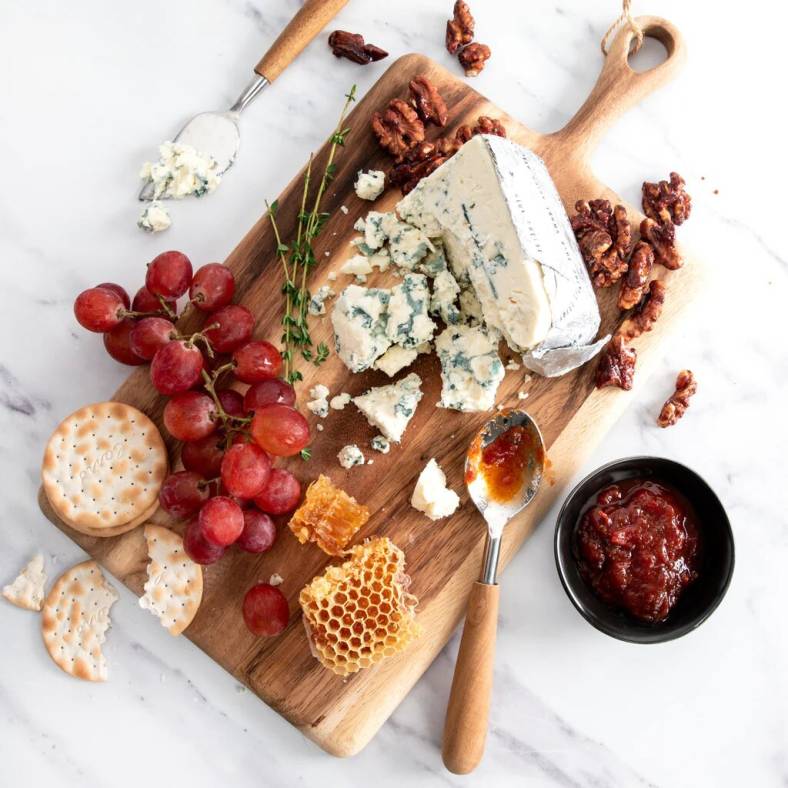
Food that goes well with Maytag Blue:
| Category | Food Pairings with Maytag Blue |
|---|---|
| Bread/Biscuits | Rustic bread, Rye crackers, Sourdough, Whole grain bread |
| Fruits | Apples, Pears, Figs, Grapes |
| Meats | Smoked Turkey, Roasted Beef, Grilled Steak, Salami |
| Vegetables | Arugula, Spinach, Grilled Asparagus, Roasted Tomatoes |
| Nuts & Seeds | Walnuts, Almonds, Pistachios, Pumpkin Seeds |
| Condiments & Spreads | Honey, Pear Jam, Fig Preserves, Olive Tapenade |
| Desserts | Dark Chocolate, Blueberry Pie, Caramel Tart, Lemon Cheesecake |
| Seafood | Smoked Salmon, Grilled Shrimp, Crab cakes, Seared Scallops |
| Pasta & Grains | Farfalle, Penne, Risotto, Quinoa Salad |
| Herbs & Spices | Thyme, Rosemary, Black Pepper, Garlic |
Also read: 11 Best Crackers that Pair Well with Cheese
Beverage that goes well with Maytag Blue:
| Category | Beverage Pairings with Maytag Blue |
|---|---|
| Wine | Port, Sauternes, Cabernet Sauvignon, Riesling |
| Beer | Stout, Belgian Ale, India Pale Ale, Porter |
| Spirits | Bourbon, Brandy, Scotch, Irish Whiskey |
| Non-Alcoholic | Apple Cider, Grape Juice, Black Tea, Coffee |
| Cocktails | Old Fashioned, Negroni, Manhattan, Whiskey Sour |
| Fruit Juices | Cranberry Juice, Pear Juice, Pomegranate Juice, Grapefruit Juice |
| Sparkling Water | Plain Sparkling Water, Lemon-flavored Sparkling Water, Lime-flavored Sparkling Water |
| Hot Drinks | Chai Tea, Espresso, Hot Chocolate, Green Tea |
| Dessert Wines | Ice Wine, Moscato, Late Harvest, Tokaji |
| Ciders | Dry Cider, Semi-sweet Cider, Pear Cider, Spiced Cider |
Also read: Top 10 Champagne & Cheese Pairings to Try at Least Once
Also read:
- What is Cashel Blue? A Unique Taste of Irish Heritage
- What is Bresse Bleu? The Gentle Blue Cheese from France
- What is Kefir Cheese? A Tangy Twist in the Dairy World
- What is Explorateur Cheese? A French Triple Cream Cheese
- What is Esrom? Denmark’s Trappist-Style Cheese
- What is Saint Paulin? France’s Monastic Cheese
- What is Saint Albray? France’s Unique Floral Cheese
